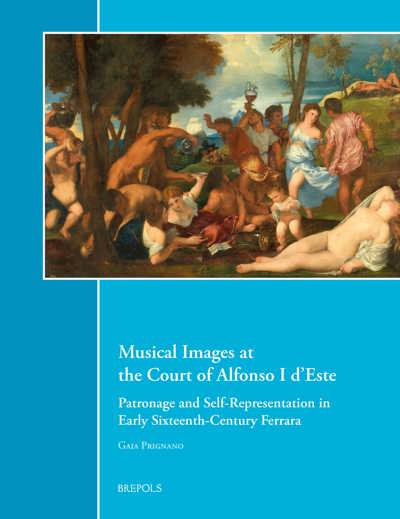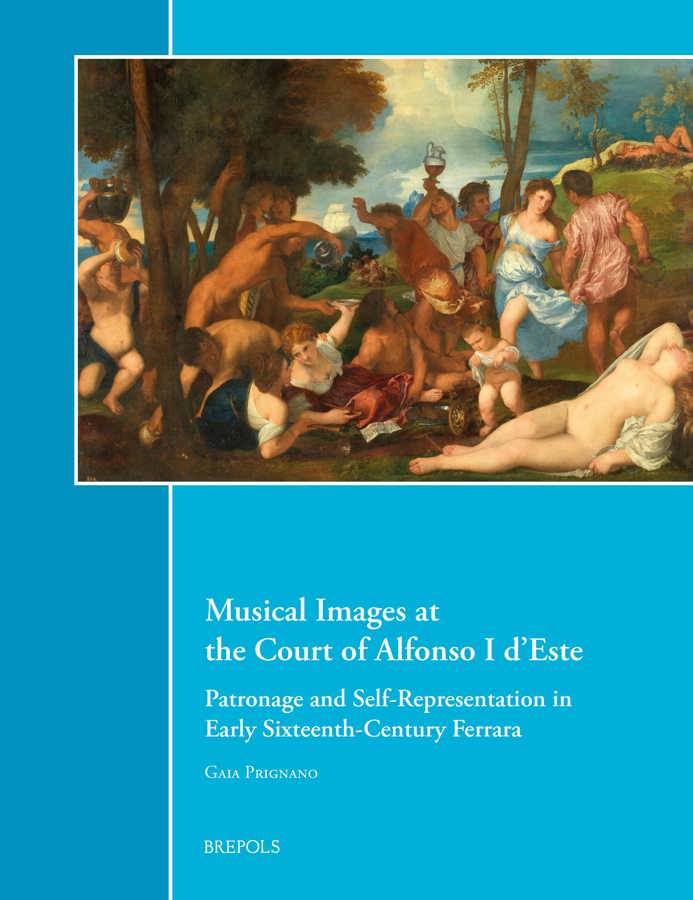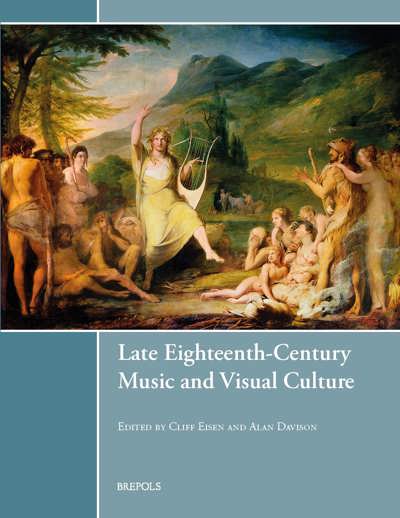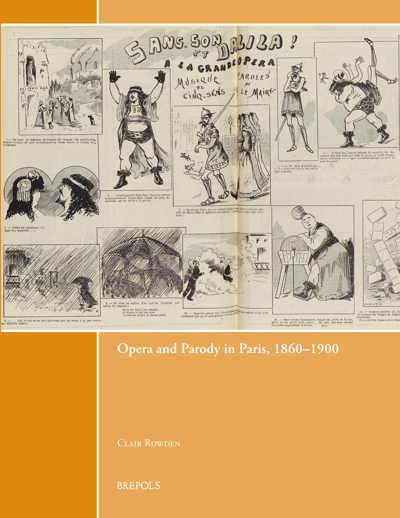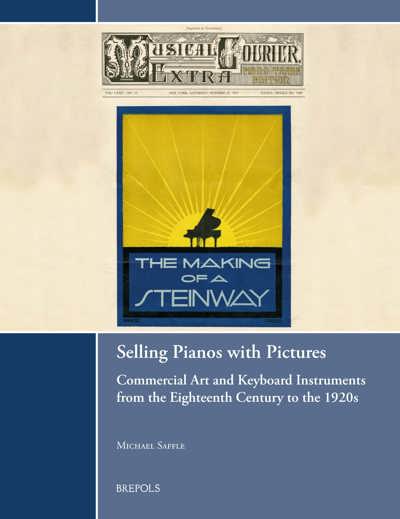
Musical Images at the Court of Alfonso I d'Este
Patronage and Self-Representation in Early Sixteenth-Century Ferrara
Gaia Prignano
- Pages: vi + 230 p.
- Size:216 x 280 mm
- Illustrations:15 b/w, 36 col., 7 musical examples
- Language(s):English
- Publication Year:2022
- € 90,00 EXCL. VAT RETAIL PRICE
- ISBN: 978-2-503-59998-4
- Paperback
- Available
This book represents the first comprehensive survey on the musical imagery of an extremely vivid Renaissance cultural capital, Ferrara, during the duchy of one of the most peculiar and significative patrons of that time: Alfonso I d’Este.
After graduating in piano and specializing in chamber music, Gaia Prignano received her PhD on musical iconography from the University of Bologna. She is a collaborator of La musica dipinta nelle dimore signorili del primo Rinascimento, the database on musical imagery Erato, and Eurythmia – International Research Network on the Cultural History of Dance, all projects held at the University of Bologna.
She is a member of the IMS Study Group on Musical Iconography.
Alfonso I d’Este ruled Ferrara from 1505 to 1534. His passionate patronage raised the arts and music to unprecedented heights despite frequent wars and chronic economic difficulties. His reign was characterized by a stunning proliferation of sacred and profane musical images, reflecting the central role played by music in his personal life and the city as a whole. Musical elements featured in works commissioned not only by the Duke himself but also by other members of his family, prominent members of the nobility, and the highest-ranking religious orders, whose collective love of music led to fruitful “dialogue”.
The book addresses the rich musical imaginary at the court of Alfonso I, investigating the identity, laudatory, moral, and allegorical meanings ascribed to musical images. It explores the network of shared knowledge and values underpinning the creation of these works, analysing their distinctive use in courtly dynamics. This exceptional corpus of images offers a broad overview of iconographic themes, often steeped in humanistic references, in which various forms of music are present at different levels. Most of these artworks, which include masterpieces by Titian, Bellini, Dosso Dossi, and Antonio Lombardo, are examined here for the first time through a musical-iconographic approach. Special attention is focused on the mythological iconographic program of the Duke’s lost studiolo (the Camerino delle Pitture), which has also been reconstructed in a new interactive virtual tour, enhanced by original musical content. Finally, the book includes the first complete catalogue documenting musical iconography in Ferrara under Alfonso I.
List of Figures
Abbreviations
Premise
Introduction
I. A Constellation of Musical Images
I.1. What more worthy recreation than Music?
I.2. Courtly fantasies, humanistic enigmas
I.3. Garofalo and music in Ferrara
I.4. A musical homage
II. Alfonso I d’Este between Ancient and Modern, Myth and Reality
II.1. An eclectic duke, in the testimonies of the time
II.2. Dionysius and Vulcan in the Studio dei Marmi
II.2.1. The dawn of a ‘Dionysian stoicism’
II.2.2. Alfonso, author of his own success
II.3. Dosso Dossi’s Allegory of Music
II.4. The Camerino delle Pitture
II.4.1. The iconographic program
II.4.2. Music in the Camerino
II.4.2.1. Bacchanal of the Andrians
III. The Rediscovered Treasure
III.1. From dismantling to reconstruction
III.2. The digital Camerino
Catalogue
Preface
Sheets
Index of iconographic themes
Index of musical instruments and elements
Index of patrons
Index of authors
Index of original locations
Index of actual locations
Appendix
Bibliography
Index
